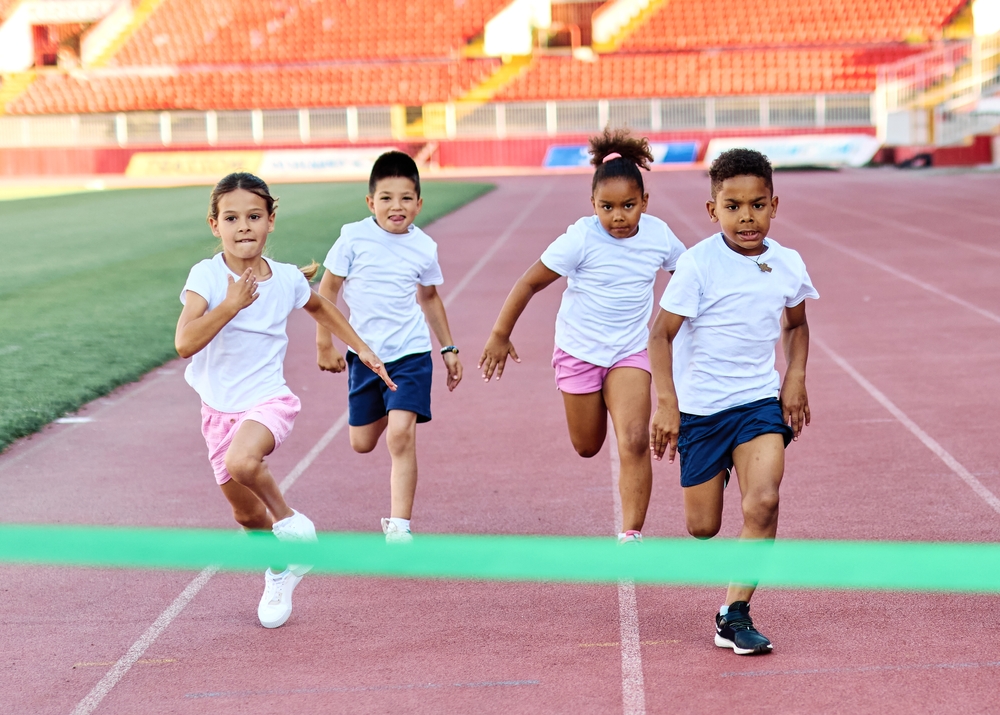Few things can strain a family budget faster than expensive school fundraisers disguised as community spirit. While schools genuinely need financial support for extracurricular programs, art supplies, and field trips, the fundraising methods often leave parents feeling cornered into spending more than they can afford. Between social expectations, subtle guilt tactics, and competitive goals, what should be a fun way to help the school can quickly turn into a financial headache. Recognizing which fundraisers carry hidden costs helps parents set boundaries and support education without overspending.
1. The Glamorous Gala Nights
One of the most expensive school fundraisers is the annual gala or dinner auction. These events sound elegant and meaningful, but the ticket prices alone can be a barrier for many families. Parents may feel pressured to attend because “everyone else is going,” or because the event doubles as a networking opportunity with teachers and administrators. Once inside, the costs continue—raffle tickets, silent auctions, and premium drinks all add up fast. Instead of feeling guilty for skipping, consider donating a set amount directly to the school, which ensures your contribution goes further without the added cost of fancy meals and attire.
2. Product-Based Fundraisers That Add Up
From cookie dough and candles to wrapping paper and popcorn tins, product-based campaigns are some of the most common—and most expensive school fundraisers. The items often cost far more than their retail value, but children are encouraged to sell them to win prizes or recognition. Many parents end up buying the bulk of the inventory themselves just to help their child meet a quota. While it supports the school, these purchases can quietly drain household budgets. A good alternative is to ask if the school accepts direct donations instead of mandatory product sales, ensuring your money goes straight to programs that matter.
3. School Spirit Wear Sales
School-branded clothing drives may seem harmless, but they’re another example of expensive school fundraisers that create subtle peer pressure. Parents feel obligated to buy T-shirts, hoodies, or sportswear so their child doesn’t feel left out during spirit week or team events. Prices are often marked up significantly, especially for limited-edition designs or seasonal collections. Buying one shirt might not break the bank, but over time, those purchases add up—especially in families with multiple children. To stay involved without overspending, buy one or two versatile items and pair them with regular clothing in school colors.
4. Auction Baskets and Classroom Contributions
Many schools ask each class to create themed gift baskets for raffles or auctions, and parents often foot the bill for the items inside. While this tradition builds a sense of community, it can quickly become one of the most expensive school fundraisers when families compete to create the most impressive basket. Parents often end up buying high-end items like electronics, gift cards, or designer goods to stand out. These efforts, while well-intentioned, can create unnecessary stress for those on tighter budgets. A more balanced approach is to suggest a modest spending cap or request that each family contributes a small amount toward one shared purchase.
5. Fun Runs and Pay-to-Play Events
Fun runs, jog-a-thons, and similar activities seem harmless because they promote fitness and teamwork. However, they often involve pledge systems that pressure parents, relatives, and friends to sponsor each lap or milestone. Some schools even use third-party fundraising companies that take a significant cut of the proceeds, leaving families to question how much actually benefits the school. These events can also lead to emotional pressure for kids who feel responsible for collecting donations. Parents can still support the event by volunteering or cheering kids on without overcommitting financially.
Setting Boundaries Without Losing Community Spirit
Supporting your child’s school doesn’t have to mean breaking your budget. It’s possible to participate meaningfully without falling into the trap of expensive school fundraisers that rely on social pressure or hidden costs. Set a yearly fundraising budget, discuss expectations with your child, and choose events that feel rewarding rather than draining. Many schools are open to alternative suggestions like direct-donation days, volunteer hours, or low-cost community projects. When families speak up about finding affordable ways to give, it helps schools build more inclusive fundraising models that welcome every parent—regardless of income.
Have you ever felt pressured to spend more than you planned at a school fundraiser? Share your thoughts and experiences in the comments!
What to Read Next…
9 School Fundraisers That Cost More Than They Earn
Here’s Why School Supplies Continue to Cost More and More Every Year
9 Times Schools Asked Parents for Money in Questionable Ways
Is Homeschooling Cheaper Than Public School? 10 Surprising Costs to Consider
8 After-School Activities That Drain Family Budgets the Fastest
Catherine is a tech-savvy writer who has focused on the personal finance space for more than eight years. She has a Bachelor’s in Information Technology and enjoys showcasing how tech can simplify everyday personal finance tasks like budgeting, spending tracking, and planning for the future. Additionally, she’s explored the ins and outs of the world of side hustles and loves to share what she’s learned along the way. When she’s not working, you can find her relaxing at home in the Pacific Northwest with her two cats or enjoying a cup of coffee at her neighborhood cafe.









